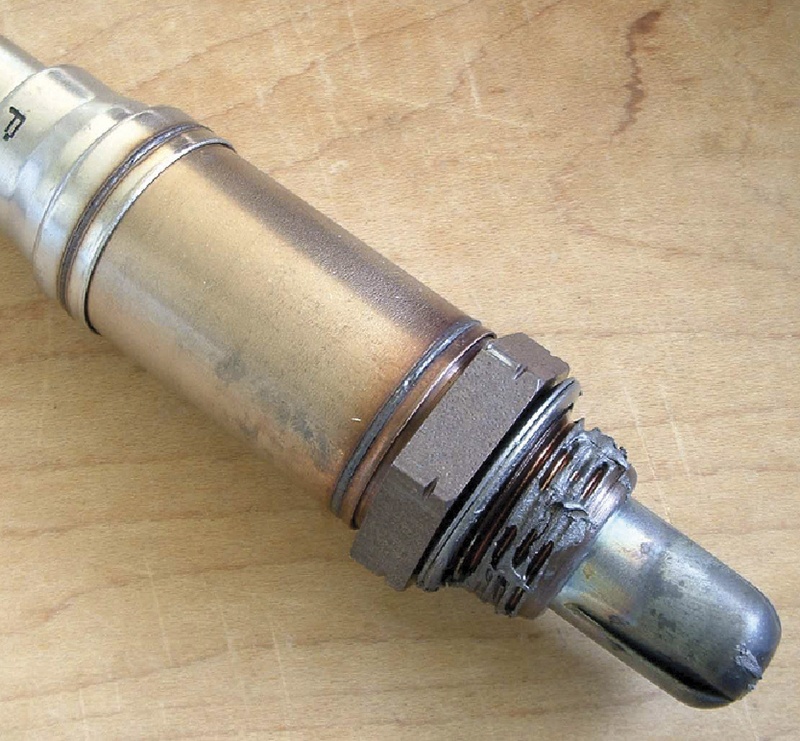Featured
Air Bubble In Coolant System
Air Bubble In Coolant System. Like a poster above said, take the radiator cap off and run it up to norm operating temp. Watch for bubbles coming out of the fluid.

Use a cylinder leakage tester and keep the engine. And yeah a big air bubble will do just what you describe if you don't slowly open the. If you have an air pocket or “bubble” trapped within your cooling system, the coolant will not be able to reach and cool that section.
Since The Liquid Cooling System Is More Effective, Many Vehicles Tend To Have A Liquid Cooling System.
The radiator is one of the important parts of the engine cooling system. One common symptom is inaccurate temperature readings. And yeah a big air bubble will do just what you describe if you don't slowly open the.
It May Take Between 15 And 20 Minutes For The Engine To Heat To The Proper Temperature And Begin Cycling Coolant Through.
Fill as needed then lower the car. Leave the radiator cap off, turn on your engine, and let it run until the radiator bleeds out air. Use a cylinder leakage tester and keep the engine.
When Air Gets Into This Sealed System, Air Pockets Can Form And Cause Blockages, Which Can Lead To Bubbling And Overheating.
But though it is normal to find some bubbles in your coolant and the overflow tank, the bubbles can also signify a leak in the head gasket. If you notice air bubbles in the radiator, it was caused by air coming in from a pressurized unit. Another thing to try is start it up and lean it to both sides a couple times, lay it on the left then the.
If You Have An Air Pocket Or “Bubble” Trapped Within Your Cooling System, The Coolant Will Not Be Able To Reach And Cool That Section.
Bubbling indicates rising air pressure in the cooling system, which is a sign. If you use a coolant that has a percentage of fresh water added that has not been previously boiled it will contain air. Dangers of air bubbles in your cooling system.
This Is An Indication That Air Is Obstructing The Liquid’s Flow.
He was saying both seals on it are supposed to be airtight, but whatever way he was doing it, some air did. A blown head gasket is a common cause of a coolant bubble. Common symptoms and diagnosis,air bubbles in cooling system symptoms,radiator bubbling with cap off,what causes air bubbles in the radiator,radiator keeps pu.
Comments
Post a Comment